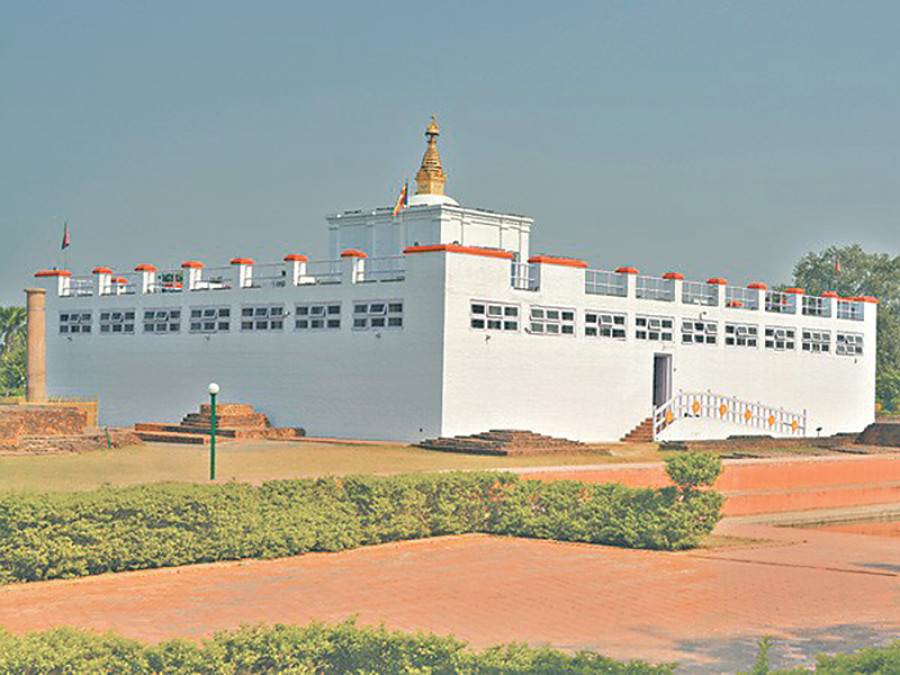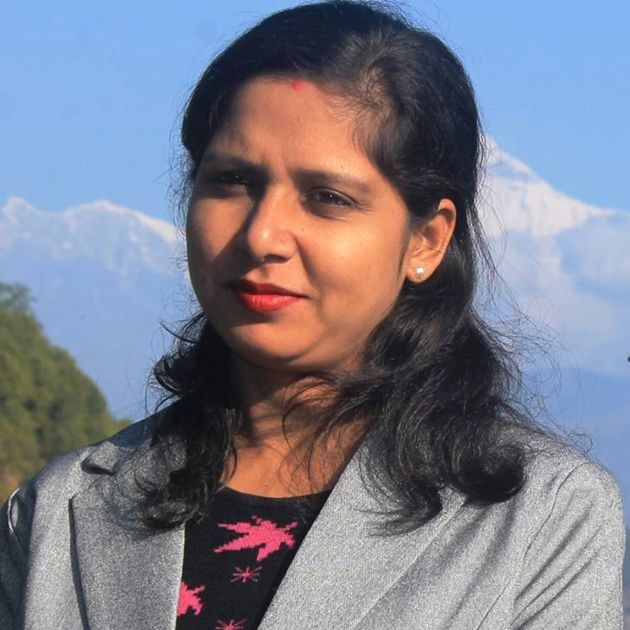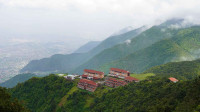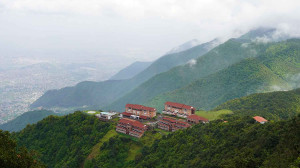Money
Road construction gathers pace in areas surrounding Lumbini
Roads are rapidly being built or expanded in various towns of Rupandehi in a bid to connect Lumbini with other historical sites in the vicinity, lure more tourists and prolong their stay in towns around the birthplace of Lord Gautam Buddha.
Amrita Anamol
Roads are rapidly being built or expanded in various towns of Rupandehi in a bid to connect Lumbini with other historical sites in the vicinity, lure more tourists and prolong their stay in towns around the birthplace of Lord Gautam Buddha.
Many areas surrounding Lumbini are a source of attraction for many Buddhists around the world as important historical events related to Buddha took place around these places. However, lack of proper road networks has prevented many tourists from taking a trip to those destinations.
“Due to lack of proper road network, many tourists have failed to visit those places. We are now connecting nearby districts and towns with Lumbini,” Lumbini Development Trust’s Member Secretary Ajit Man Tamang said. “This will increase the flow of tourists to Lumbini and other historic places located nearby and increase their stay in these areas.”
For example, tourists flocking to Lumbini may also prefer to visit Devdaha, Buddha’s maternal home. To increase the flow of tourists to this area, Lumbini ring road—a two-lane road—is being constructed. The road connecting Lumbini with Devdaha’s Sitlahar, Manigram, Motipur, Fasatikar and Suryapura is 42 km long.
So far, 40 percent of the project has been completed. Construction began in 2014 with investment of Rs598.1 million as a loan assistance of Export-Import Bank of India.
Places of religious and historic importance near Lumbini, which covers 157 sq km of area, have been declared Larger Lumbini Area. The plan is to develop this area, encompassing Rupandehi, Nawalparasi, and Kapilbastu districts, and disseminate relevant information to create a city that promotes peace.
Comprehensive Lumbini Master Plan is being prepared to develop the holy site. An organised tourism plan has also been prepared to develop Lumbini as a tourism hub in accordance with its 10-year development programme. To buttress this plan, routes from various markets and ports are now being built to link them with Lumbini.
Construction of a four-lane road is underway with assistance from the Asian Development Bank’s Rs2.15 billion. This road will link Lumbini with Bhairahawa, the district headquarters of Rupandehi district.
A two-lane road connecting Lumbini with Taulihawa and Tilaurakot is also under construction. The project is slated to complete within three years. To promote tourism, roads are being upgraded to international standards. The road connecting Bhairahawa with Lumbini and Taulihawa is almost 47-km long. At present, Lumbini-Bhairahawa section is barely a two-lane street while Lumbini–Taulihawa section has a single lane.
Recently, non-religious tourists are also thronging Lumbini, but their stay in the religious destination has not increased. A major hindrance in prolonging their stay is the dearth of viable road networks and proper infrastructure.
The government is planning to bring in two million tourists annually to Lumbini within 10 years of construction of the Bhairahawa International Airport.
The goal is to expand Lumbini as a destination for all Buddhists around the world. However, due to lack of basic amenities like standard hotels and other facilities, tourists entering Lumbini from the Indian road return on the same day to other parts of the Buddha circuit in India.
Entrepreneurs say this problem would be resolved after completion of ongoing road projects.




 6.84°C Kathmandu
6.84°C Kathmandu















